Avoid common AVB installation mistakes
August 21, 2025 at 6:00 p.m.By Versico Roofing Systems.
Get tips on how to avoid common errors when installing air and vapor barriers.
Air and vapor barriers (AVB) play crucial roles in securing building envelopes. Where an air barrier acts as a shield against air intrusion (which can carry moisture into a building), a vapor barrier solely focuses on preventing moisture intrusion through vapor diffusion.
Together, an air barrier and a vapor barrier work together to prevent moisture build up inside a building, which avoids costly issues like mold and structural damage. But in order to do this successfully, they must be installed correctly. In this article, our experts at Versico Roofing Systems go over some of the common errors we see so that you can avoid them and have successful air and vapor barrier installations.
Errors to avoid
- Air and vapor barrier membrane not kept at proper temperature before installation: It is critical to keep the temperature of the AVB membrane above 60°F, as low temperatures can negatively affect adhesion. If the membrane’s temperature is below 40°F during installation, adhesion will be significantly diminished.
- Primer not kept at proper temperature before installation: Primer must be kept above 60°F prior to installation. If primer temperatures drop, use approved warming equipment to bring primer back up to temperature.
- AVB membrane not properly rolled in: SBS asphalt adhesive is pressure-sensitive. To ensure proper contact, AVB field sheets must be rolled with a 100- to 150-lb. roller and vertical surfaces must be rolled with a hand roller. When installing VapAir Seal™ MD directly over metal decks, brooming the sheet is acceptable.
- No primer on parapet: When installing VapAir Seal MD on vertical and non-metal surfaces, priming is required. When installing VapAir Seal MD directly over metal decks, priming is not required.
- Seams not rolled in properly: To ensure proper adhesion, it is critical that seams are rolled in with a seam roller. Using a 150-lb. roller on seams is not sufficient.
- Improper details: It is critical that AVBs are properly sealed per Versico specifications and details.
- Improper AVB membrane for project: Many variables (deck type, weather, job conditions, etc.) determine which type of AVB to use on a project. Learn more about Versico’s Air and Vapor Barriers.
- Installing AVB over wet concrete: Because adhesion can be compromised when AVBs are installed over wet concrete, it is critical that the concrete be allowed to dry before installation. The concrete must be allowed to dry naturally; “torch drying” or “force drying” are not acceptable, as these methods push moisture back into the concrete. Additionally, if rain falls on a dry concrete deck, it must be allowed to dry naturally prior to installing the AVB.
Original article and photo source: Versico Roofing Systems
Learn more about Versico Roofing Systems in their Coffee Shop directory or visit www.versico.com.



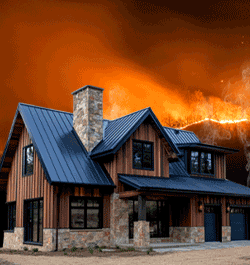
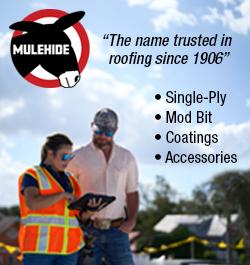
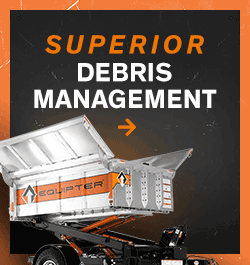


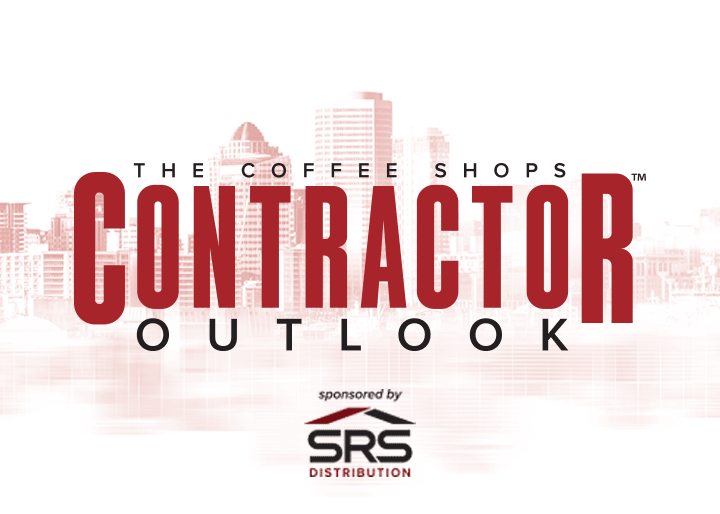

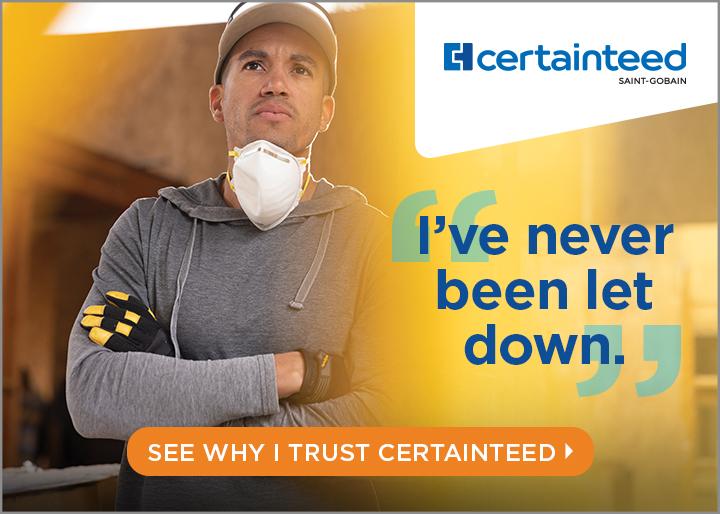



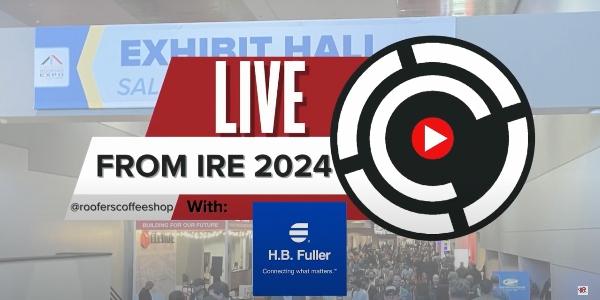
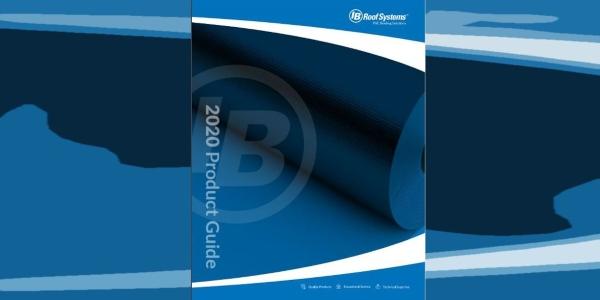
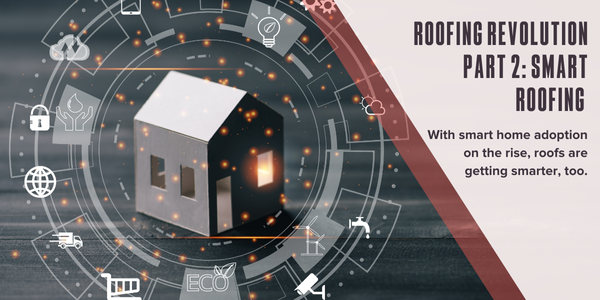







Comments
Leave a Reply
Have an account? Login to leave a comment!
Sign In